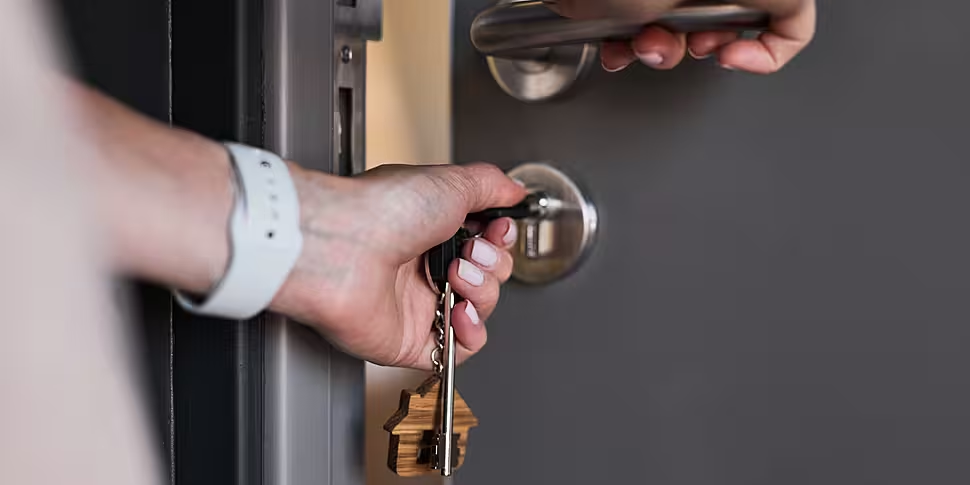Supports such as the Housing Assistance Payment, or HAP, are very important to keep rents low.
That is according to ESRI economist Barra Roantree, who was speaking as a new report found average rents have almost doubled since 2012.
It said rents rose from €589 to €1,084 per month between 2012 and 2021 in real terms - an increase of 84%.
This has led to a drop in the affordability of housing for young and low-income private renters.
Mr Roantree told Newstalk Breakfast we are still not 'anywhere near' where we should be.
"Fundamentally in the long-run it's about supply," he said.
"We need far more supply of social and cost-rental housing, but that's going to take time to deliver.
"We should be talking about needing to deliver more than 50,000 units a year - that's the level that we need for the population growth that we're experiencing; but that's obviously going to take time to deliver.
"We're not anywhere near that at the moment".
Undoing progress
He said despite criticisms, the HAP and other supports are vital.
"Given that there is really a role for supports like the Housing Assistance Payment, despite the fact it's so expensive, despite the fact that you can criticise it as money thrown down the drain in a way," he said.
"It's really, really important for mitigating the worst impacts of the rising rents.
"If we didn't have things like HAP, we you would have a lot more houses facing very high housing costs, and that would work to undo a lot of the progress that we see in terms of falling income equality and falling poverty."
Income inequality
The report also found income inequality has hit a record low because of a growth in wages during the pandemic.
However, there is a large group of individuals who report being "materially deprived", but who are not classified as being at risk of poverty.
"We estimate that in 2021, 69% of the 695,000 people experiencing material deprivation – not being able to afford 2 or more items from a list of 11 essentials – had incomes above the poverty line on an after housing cost basis," the ESRI said.
"Of these, almost half lived in a household where someone reported having a disability, with most of these less than €100 per week above the poverty line after accounting for household size."
'Working poor'
Those living in households where someone is in paid work still make up over one-third of those below the poverty line, although they are at much lower risk of poverty.
The ESRI added: "Individuals in such ‘working poor’ households make up approximately 220,000 of the 625,000 below the before housing cost poverty line and 333,000 of the 740,000 below the after housing cost poverty line."
This is despite their much lower at risk of poverty rates, and reflects the fact that households with someone in paid work make up the bulk of the working-age population.









